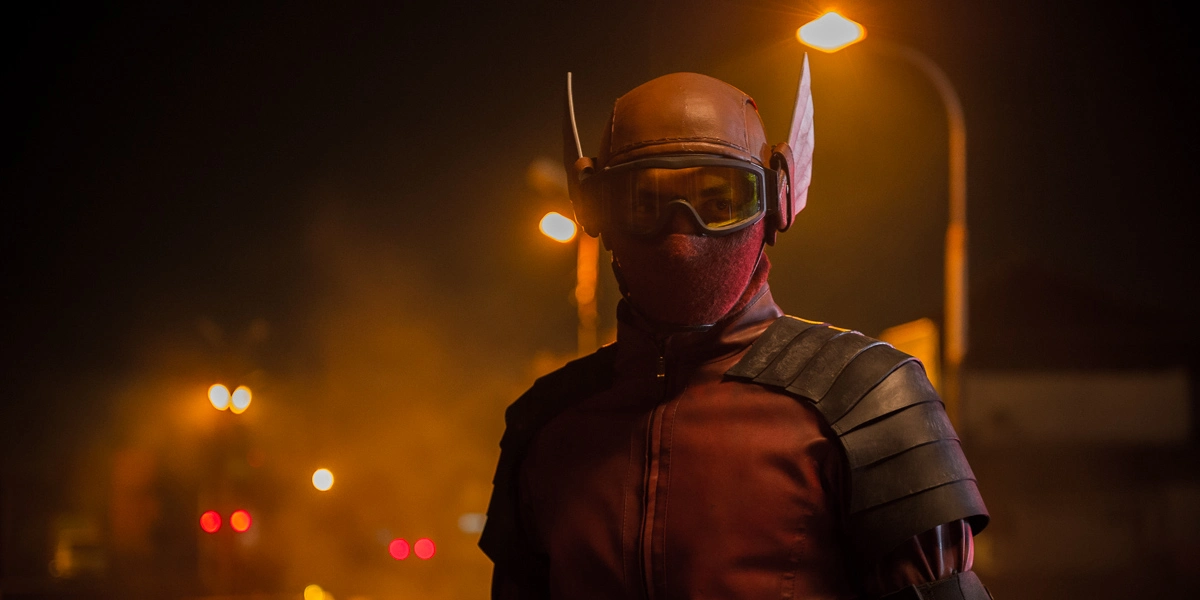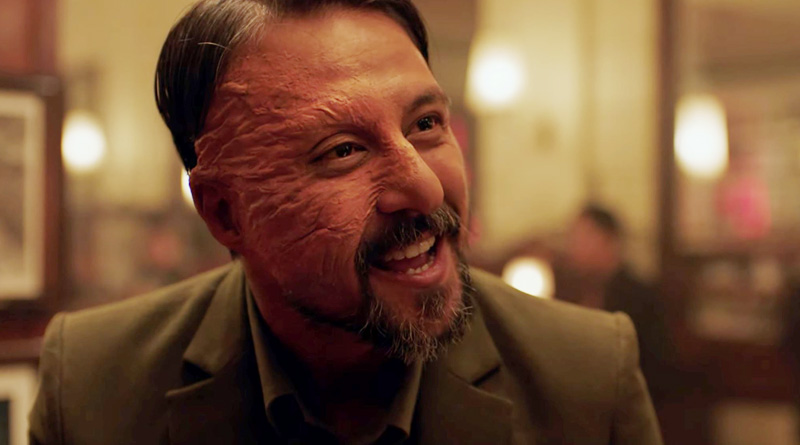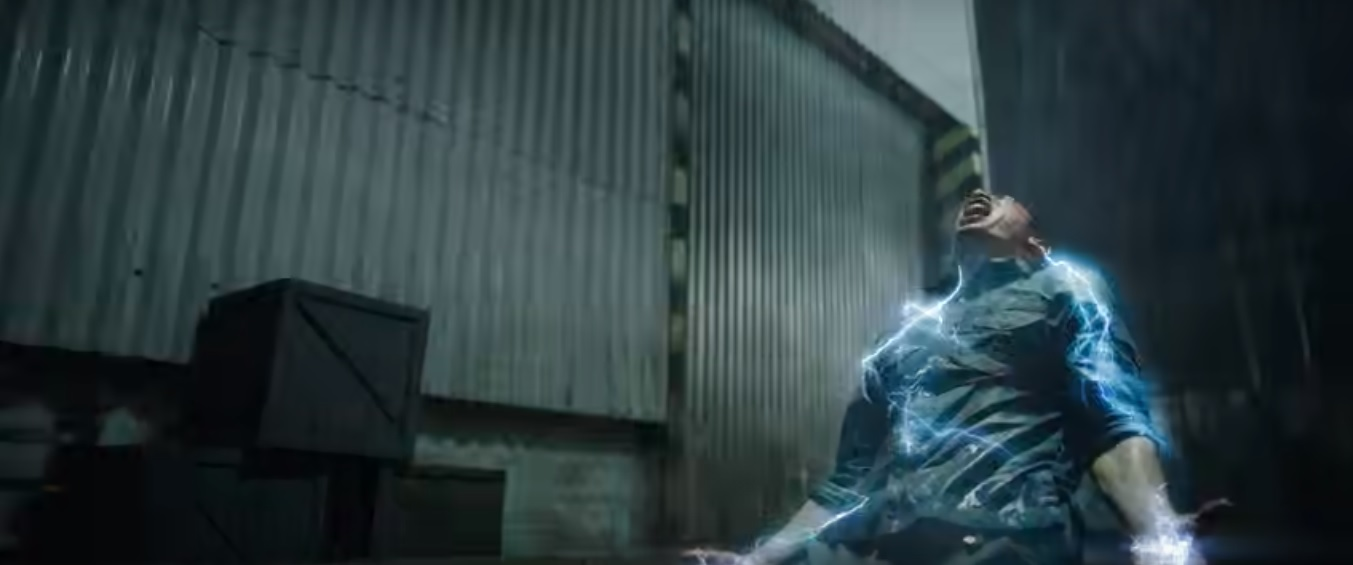Gundala (2020)—An Introduction to Foreign Superheroes

When people think of the word “superhero” they often think of either heroes from Marvel or D.C. Comics. However, what if I told you that there were more worlds to draw inspiration from than just those two titans? And what if I also told you that there exist other superheroes in other countries? Today’s entry, Gundala, is adapted from a popular Indonesian superhero based on a popular comic series of the same name. The series revolves around Sancaka, a man who was struck by lightning and fights for justice with his lightning powers and martial arts prowess.
Income inequality and abusive working conditions in the factories of Indonesia lead to a series of protests from the workers, led by Sancaka’s father. In the ensuing skirmish between the protestors and officers, Sancaka’s father is killed. His mother later leaves for a job at another city, but never comes back. Alone, he fends for himself on the streets. He learns self-defense and grows up to become a security guard at a newspaper printing factory. One day, as he’s walking back from work, he get struck by lightning and gains the power to channel electricity. Civil unrest continues to grow throughout Indonesia, as the crime boss Pengkor and his army of assassins seek to control Indonesia’s legislature by poisoning Indonesia’s rice supply to affect pregnant women. Sancaka, along with the leader of the Uprising, fight against Pengkor’s army and attempt to stop him.

I was first introduced to the film when I saw it in Walmart several years ago. While I was intrigued, I never was really interested in buying the film to watch it. Later on, when I was scrolling through Tubi, I found the film once again. After watching it, I surprisingly liked it. Sure, it wasn’t the highest budget superhero film I’ve seen, but it more than makes up with its cinematography and world building. The film makes clever use of lighting and sepia-toned footage that’s reminiscent of Netflix’s Daredevil. Hell, Sancaka even fights like Matt Murdock, utilizing sequences of acrobatic flips and kicks. During the fight scenes, the camera never shakes too much and perfectly balances the use of medium and wide shots, allowing viewers to see the choreography in its entirety.
The overall story is rather linear and feels like it should have been cut down at times. For example, I felt that Sancaka’s origin story dragged on too long. We spend almost the first half of the movie with Sancaka as a child and it’s not until nearly halfway into the film where we see him actively fighting crime and using his powers. I think it would have been better to use this time to explore the assassins more, as I felt they all had an interesting look and unique characteristics to them. Additionally, there are a few characters who are introduced only to never appear again, for example, Sancaka’s childhood friend who taught him martial arts. I thought he would return either as a supporting character of a villain, but no, he doesn’t reappear at all.

Upon first seeing the costume, I thought it looked too similar to 2003’s Daredevil. However, later on I found out that the company who made the Daredevil suit did indeed make the suit in Gundala. I didn’t like the costume at a glance, however, after seeing it in the movie, I realized that it’s something that looks better on film than as a photo. The movie also shows that the suit he wears was put together hastily, and is later replaced by a more advanced and aesthetically-pleasing suit at the end.
Besides the motivations of the hero, it’s really interesting to see what motivates a villain and how they achieve their goals. Pengkor was an orphan who was tortured alongside other orphans. Eventually, he staged a rebellion and freed all the orphans, who treated him as a God. Pengkor built several orphanages throughout the entire country and secretly trained them as assassins. Later he planned to unite the legislature to pass a bill for a serum that would affect the morality of fetuses, to make them loyal to him alone. While putting politics into superhero movies can be hit or miss today, Gundala does it naturally by painting Pengkor as a tragic villain who wants the greater good for the people.

Gundala is the first movie of a cinematic universe and made almost $5 million on a budget of about $2 million, making it a box office success. As such, plans of other films and sequels were greenlit. The sequel to the film, Gundala the Son of Lightning, is already in development and plans to release as the first volume of its cinematic universe. We need more films like Gundala that explore superheroes from other countries. Through watching superhero movies from other countries, we can learn more about the cultures of other countries and what motivates their heroes to fight injustice. In an industry that has the box office dominated by comic book films, why not give a chance to lesser-known and more unorthodox heroes?
![]()







